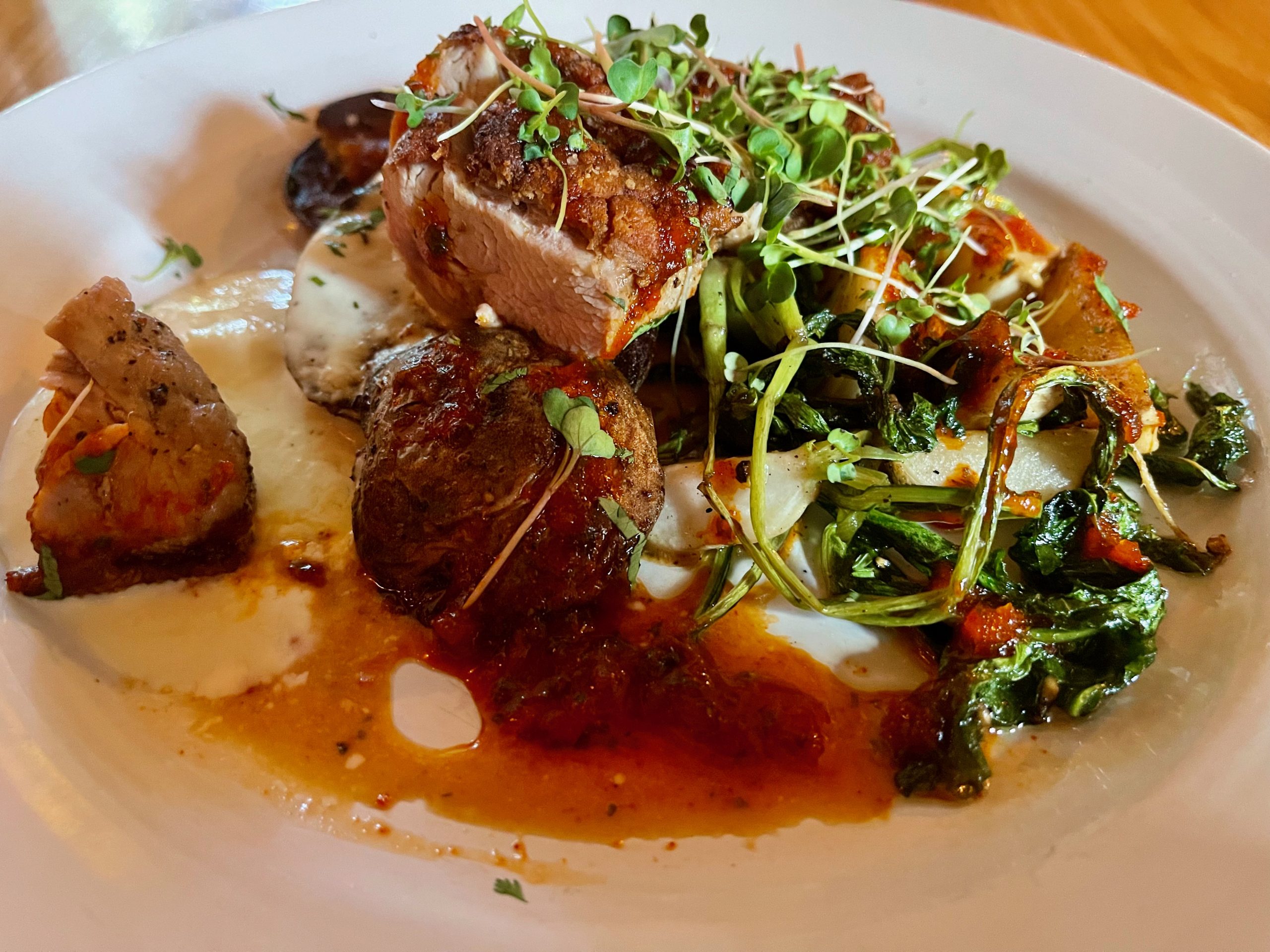The Farm at South Mountain – Phoenix, Arizona
There are two indulgences we miss when we visit Tempe: New Mexico’s incomparable cuisine and the coffee we wake up to every morning. My sister Anita assures us there are now several restaurants in the Valley of the Sun which serve New Mexican cuisine that is more than passable though we have yet to visit any of them. While our landlords graciously provide a coffee pot, we don’t ever seem to remember to pack our beloved Douwe Egberts coffee from the Netherlands. Okay, maybe that’s just an excuse to visit Black Rock Coffee in Tempe which serves a very good Mexican mocha. Aside from the coffee, what we enjoy most about Black Rock is being able to sit out on…



